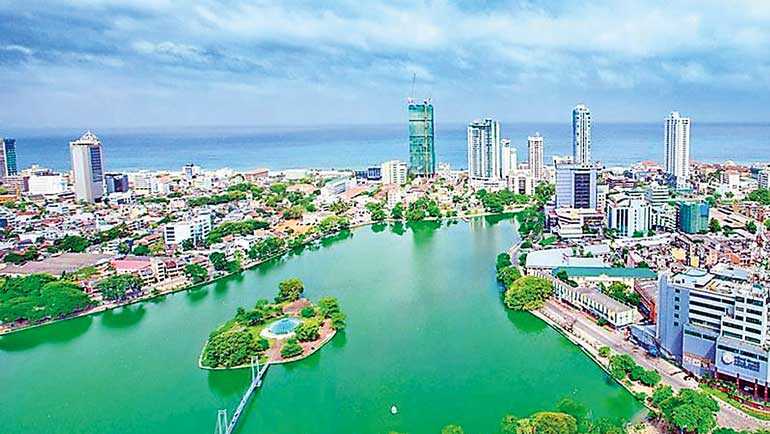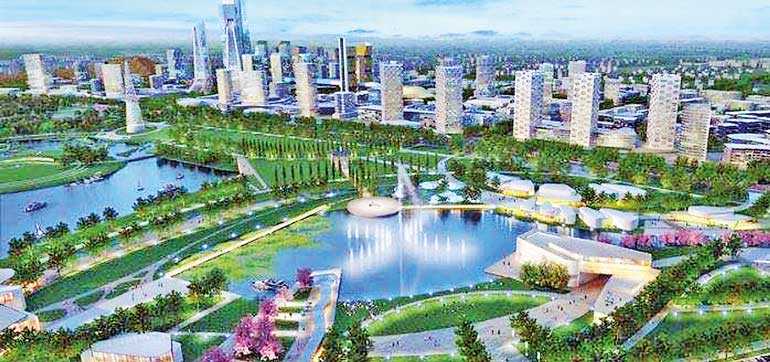Thursday Apr 25, 2024
Thursday Apr 25, 2024
Monday, 5 November 2018 00:00 - - {{hitsCtrl.values.hits}}

In its monthly Compass bulletin, real estate consultancy Jones Lang Lasalle examined the relevance of the Western Region Megapolis Masterplan to Sri Lanka’s ambitions of improving citizen wealth and rapid economic growth. The statement also questioned the sporadic nature of the progress reported by the project since March 2017, noting that a cornerstone of the Government’s modernisation policy must be more frequently communicated to the public.
The Western Megapolis Development Plan was first conceptualised in 1998 by the newly established Urban Development Authority, leading to a first version in 2002. The newest version of this plan was revealed in January 2016 under the newly established coalition Government at the time, as the Western Region Megapolis Masterplan. This was pitched, and has since been floated, as a cornerstone of the Government’s strategy to bring Sri Lanka to upper-middle and then high-income status. This ambitious plan sets targets of tripling per-capita income in the Western region to $12,000 by 2020, creating 500,000 jobs, and making the Western region one of the 10 most liveable cities in Asia, to reverse current brain drain trends.
For this ambition, two transformations are necessary, notes JLL. Spatial transformation of the urban Western region is one, the national economy’s structural transformation is another. The plan flagged three broad national issues: issues arising from congestion pressures being exerted on urban infrastructure, services and amenities due to messy urbanisation; weak enabling environment to propel Sri Lanka to high-income status; and the lack of a framework to harness the benefits of a knowledge-based, innovation driven economic environment, characterised by the new industrial revolution and smart cities. The plan aimed to address all these weaknesses. 
There are other institutional challenges to be overcome as well. A lack of appropriate land use policy, ad-hoc development and planning, a mono-centric urban spatial structure, and a poor public transportation system are a few of these challenges that the plan must manoeuvre.
“Transforming the Western region into a world-class metropolis in such sensitive times brings immense challenges in delivering the high-level goals of diversity, inclusivity and sustainability that the plan promises,” says JLL Lanka Ltd. Managing Director Steven Mayes. “If this wish list is to be accomplished then infrastructure and public transformation will be key. If we look at public transport, developing the planned LRT (Light Rail Transit) system will be paramount.” Mayes also noted that the Government of Sri Lanka must carefully examine the robustness of the PPP model, to underwrite the additional capital sums necessary to upgrade existing bus and rail systems, and to initiate the water bus transport system, utilising existing waterways, envisaged in the master plan.

JLL also highlighted the importance of regularly updating the news portals used by the Government with details on the progress of the Megapolis plan. The current website - www.megapolis.gov.lk - reveals no new entries since June 2017, while the consultations portal has not been updated since March 2017. “The sustainability of this project will also depend to a significant extent on public engagement and support - communicating what the progress is, even if it is minor, will help to build ownership and awareness. More importantly, it’s the Government’s duty to inform the public of the progress - or lack of - that is being made with one of Sri Lanka’s most ambitious development plans in recent history.”